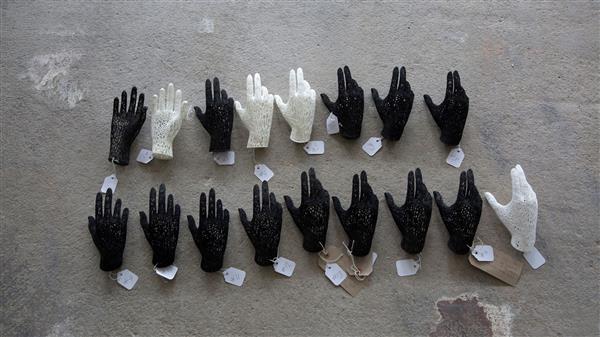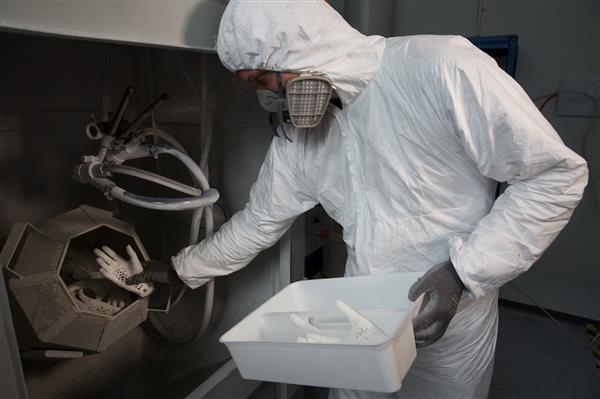
By the end of next year, IKEA will release OMEDELBAR,a collection of decorative items designed by Bea Åkerlund.
The item can be hanged on the wall or used as a decorative hanger for jewellery.
“As one of the first major brands, IKEA will be using 3D printing in furnishing mass production. I am really proud of the project. It demonstrates how IKEA, being an innovative company, is always on the search for new ways of doing things and explore the latest technology to do so” says Jakub Pawlak, Trader Free Range IKEA Poland, in charge of the project.
Manufacturing the stylistic OMEDELBAR hand
In this case, the Selective Laser Sintering (SLS) powder-based process is used. The method is based on a powder material to interact with a laser.
Experts needed about 40 hours to obtain a block of powder with printed objects. After removing from the printer, they were placed in a sealed wooden box for 24 hours before going down to 60°C.
Experts explained that this technique is used in order to start a new print session quickly, before the machine cooling down.
The 3D printed hands are durable, flexible, chemical resistant, insensitive to stress cracking.
Shane Hassett, CEO of Wazp, who also collaborated with IKEA explains that the sudden shift in this industry relies on the boom it aroused.
“Big players are releasing new techniques of their own. At the same time, a couple of vital patents have expired in the last few years, making it possible for the industry to start producing cheaper materials, more advanced machines and allowing us to create a purpose-built supply chain to make 3D mass production accessible.”







